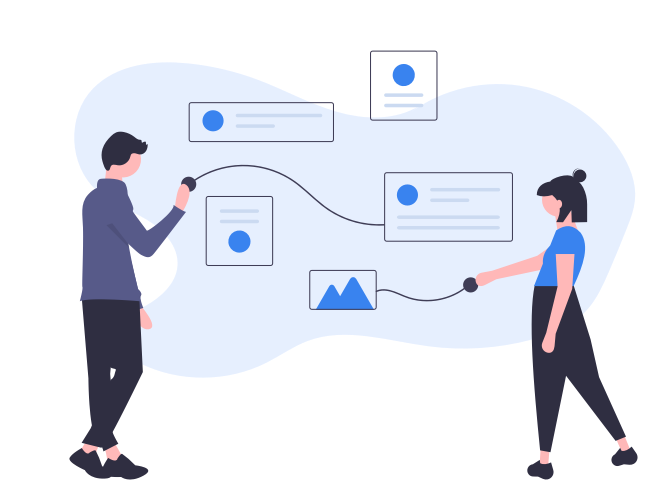Keep Your Users Informed
As email marketing progresses, the consumers know that an email will be sent to them after purchasing products or services- be it a room booking, a subscription, or an online order. The automated email gives them confirmation and further helps the businesses check if the clients are happy with their ongoing services or are facing some issues with them.
For instance, if a customer orders a pair of sneakers online, an automated email triggers confirming the payment and a link to track the same.

